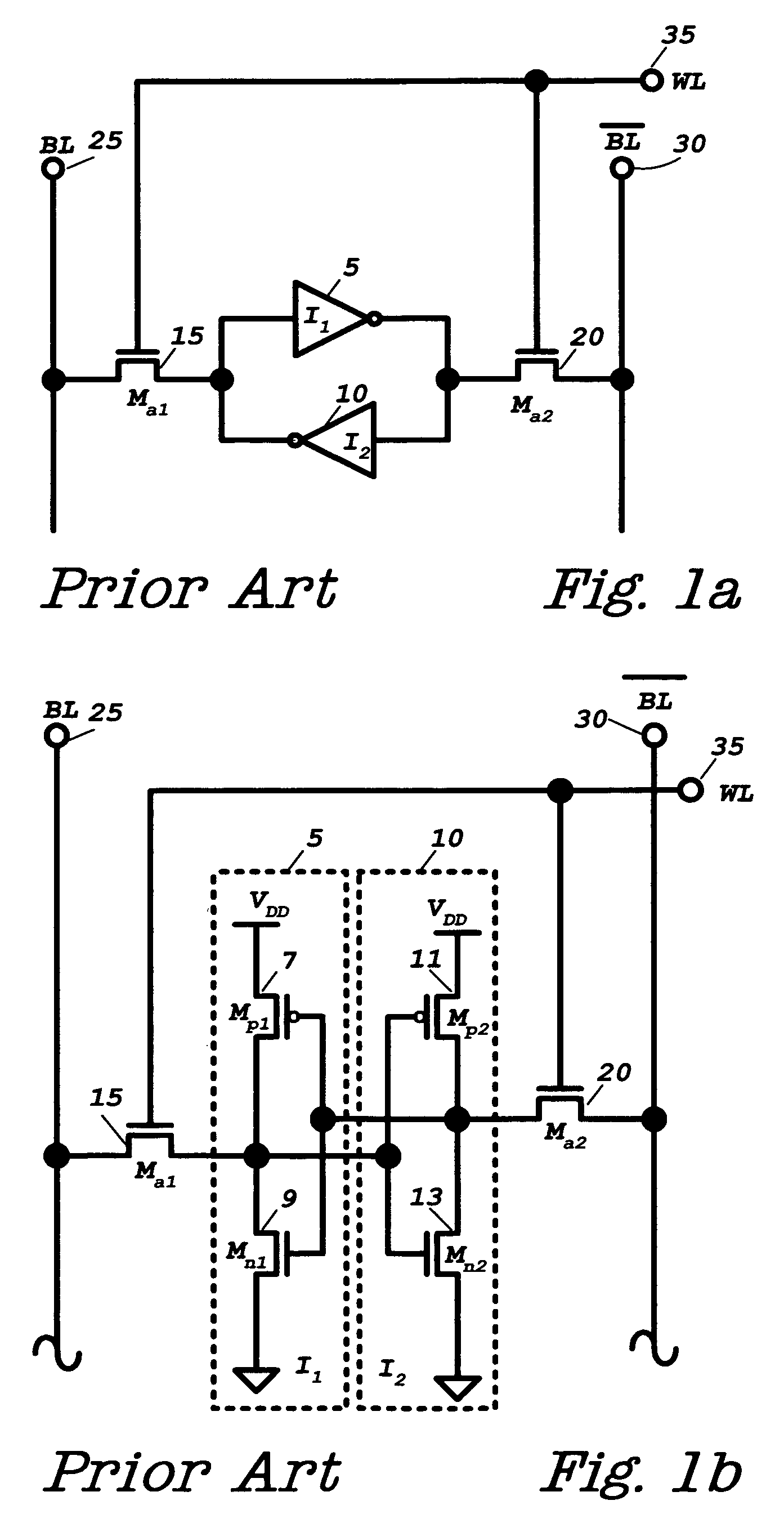Combo memory design and technology for multiple-function java card, sim-card, bio-passport and bio-id card applications
a technology of combinatorial memory and java card, which is applied in the field of combinatorial memory of volatile and non-volatile memory, can solve the problems of loss of data, fast rom read access speed, and -type flash
- Summary
- Abstract
- Description
- Claims
- Application Information
AI Technical Summary
Benefits of technology
Problems solved by technology
Method used
Image
Examples
Embodiment Construction
[0063]A combination volatile and nonvolatile memory integrated circuit of this invention incorporates at least one volatile memory array (SRAM, PSRAM, or DRAM), at least one mask programmable ROM, and multiple NAND configured nonvolatile memory arrays within the same integrated circuit. A memory control circuit is connected to communicate with external circuitry to receive address, command, and data signals, to interpret said address, command, and data signals. The memory control circuit develops the necessary timing and control signals to transfer the address, command and data signals for reading, writing, programming, and erasing the volatile and nonvolatile memory arrays.
[0064]The SRAM as incorporated in the combination volatile and nonvolatile memory integrated circuit of this invention is as described above for FIGS. 1a and 1b.
[0065]A mask programmable ROM memory cell as incorporated in the combination volatile and nonvolatile memory integrated circuit of this invention is a s...
PUM
 Login to View More
Login to View More Abstract
Description
Claims
Application Information
 Login to View More
Login to View More - R&D
- Intellectual Property
- Life Sciences
- Materials
- Tech Scout
- Unparalleled Data Quality
- Higher Quality Content
- 60% Fewer Hallucinations
Browse by: Latest US Patents, China's latest patents, Technical Efficacy Thesaurus, Application Domain, Technology Topic, Popular Technical Reports.
© 2025 PatSnap. All rights reserved.Legal|Privacy policy|Modern Slavery Act Transparency Statement|Sitemap|About US| Contact US: help@patsnap.com



